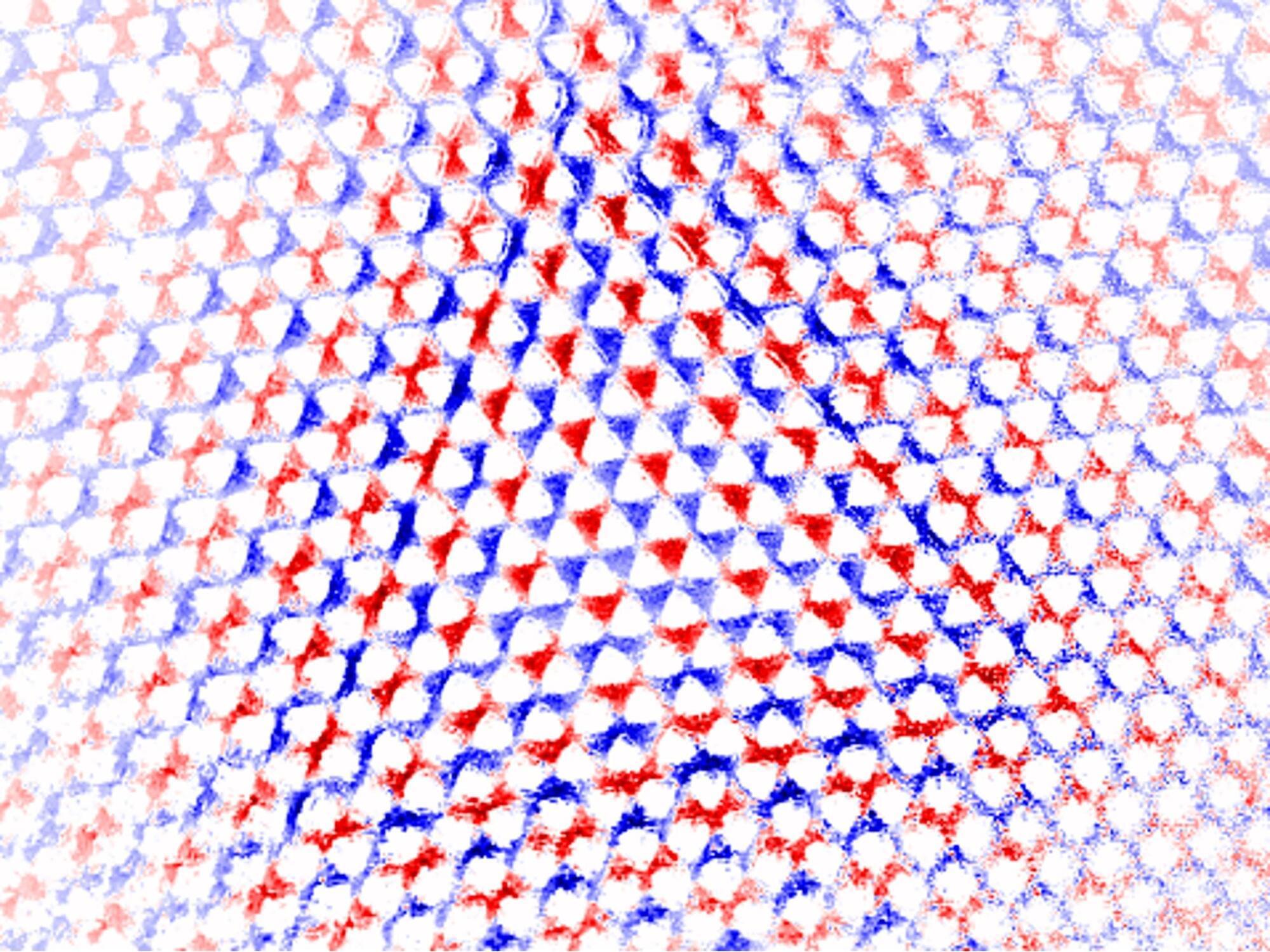A recent study from Quantum Source introduces an architecture that replaces probabilistic photon interactions with high fidelity gates.



Over the past few years, researchers have developed various quantum technologies, alternatives to classical devices that operate by leveraging the principles of quantum mechanics. These technologies have the potential to outperform their classical counterparts in specific settings or scenarios.
Among the many quantum technologies proposed and devised so far are quantum batteries, energy storage devices that could theoretically store energy more efficiently than classical batteries, while also charging more rapidly. Despite their predicted potential, most quantum battery solutions proposed to date have not yet proven to exhibit a genuine quantum advantage, or in other words, to perform better than their classical counterparts.
Researchers at PSL Research University and the University of Pisa recently introduced a new deceptively simple quantum battery model that could exhibit a genuine quantum advantage over a classical analog battery. The new model, outlined in a paper published in Physical Review Letters, was found to successfully reach the so-called quantum speed limit, the maximum speed that a quantum system could theoretically achieve.

Excitons—bound pairs of electrons and an electron hole—are quasiparticles that can arise in solids. While so-called “bright” excitons emit light and are therefore accessible, dark excitons are optically inactive. As a result, they have a significantly longer lifetime—which makes them ideal for storing and controlling quantum states and using them for advanced methods to generate entanglement.
Gregor Weihs and his team from the Department of Experimental Physics at the University of Innsbruck, together with researchers in Dortmund, Bayreuth, and Linz, have now demonstrated a versatile method that can be used to control dark excitons in semiconductor quantum dots.
The work is published in Science Advances.

Quantum mechanics has a reputation that precedes it. Virtually everyone who has bumped up against the quantum realm, whether in a physics class, in the lab, or in popular science writing, is left thinking something like, “Now, that is really weird.” For some, this translates to weird and wonderful. For others it is more like weird and disturbing.
Chip Sebens, a professor of philosophy at Caltech who asks foundational questions about physics, is firmly in the latter camp. “Philosophers of physics generally get really frustrated when people just say, ‘OK, here’s quantum mechanics. It’s going to be weird. Don’t worry. You can make the right predictions with it. You don’t need to try to make too much sense out of it, just learn to use it.’ That kind of thing drives me up the wall,” Sebens says.
One particularly weird and disturbing area of physics for people like Sebens is quantum field theory. Quantum field theory goes beyond quantum mechanics, incorporating the special theory of relativity and allowing the number of particles to change over time (such as when an electron and positron annihilate each other and create two photons).

Hollow atoms are special atoms with multiple missing electrons in their inner shells, while their outer shells are still fully or partially filled with electrons. Studying the production mechanisms, internal structure, and de-excitation properties of these excited-state atoms provides insights into quantum electrodynamics and quantum many-body interactions, with applications in fields such as inner-shell ionization X-ray lasers, high-energy density physics, and molecular imaging.
Researchers at the Institute of Modern Physics (IMP) of the Chinese Academy of Sciences recently confirmed that the fully stripped heavy ion-atom collision is an effective way to produce heavy hollow atoms in high yield. They have also developed a high-resolution planar crystal spectrometer to measure the fine structure of inner-shell multi-ionization ion X-rays.
The results have been published in Spectrochimica Acta Part B: Atomic Spectroscopy and Physical Review A.

Quantum computers have the potential to revolutionize computing by solving complex problems that stump even today’s fastest machines. Scientists are exploring whether quantum computers could one day help streamline global supply chains, create ultra-secure encryption to protect sensitive data against even the most powerful cyberattacks, or even develop more effective drugs by simulating their behavior at the atomic level.
But building efficient quantum computers isn’t just about developing faster chips or better hardware. It also requires a deep understanding of quantum mechanics—the strange rules that govern the tiniest building blocks of our universe, such as atoms and electrons—and how to effectively move information through quantum systems.
In a paper published in Physics Review X, a team of physicists—including graduate student Elizabeth Champion and assistant professor Machiel Blok from the University of Rochester’s Department of Physics and Astronomy—outlined a method to address a tricky problem in quantum computing: how to efficiently move information within a multi-level system using quantum units called qudits.

For over two decades, physicists have been working toward implementing quantum light storage—also known as quantum memory—in various matter systems. These techniques allow for the controlled and reversible mapping of light particles called photons onto long-lived states of matter. But storing light for long periods without compromising its retrieval efficiency is a difficult task.

When a drummer hits a drum, the surface vibrates and creates sound—a signal we recognize as music. But once those vibrations stop, the signal disappears. Now imagine a drumhead that’s incredibly thin, only about 10 millimeters wide, and covered in tiny triangular holes. Scientists have created exactly that, and it does something extraordinary.
Researchers at the Niels Bohr Institute in Copenhagen, working with teams from the University of Konstanz and ETH Zurich, discovered that vibrations can travel through this miniature membrane with barely any energy loss. In fact, the vibrations move more cleanly than signals in even the most advanced electronic circuits. This breakthrough, recently published in Nature, opens up new possibilities for how we transmit sound and information, especially in the race toward powerful new quantum technologies.
Phonons – Sound Signals or Vibrations That Spread Through a Solid Material.

For the first time ever, researchers succeeded in keeping a qubit coherent for more than 1 millisecond.